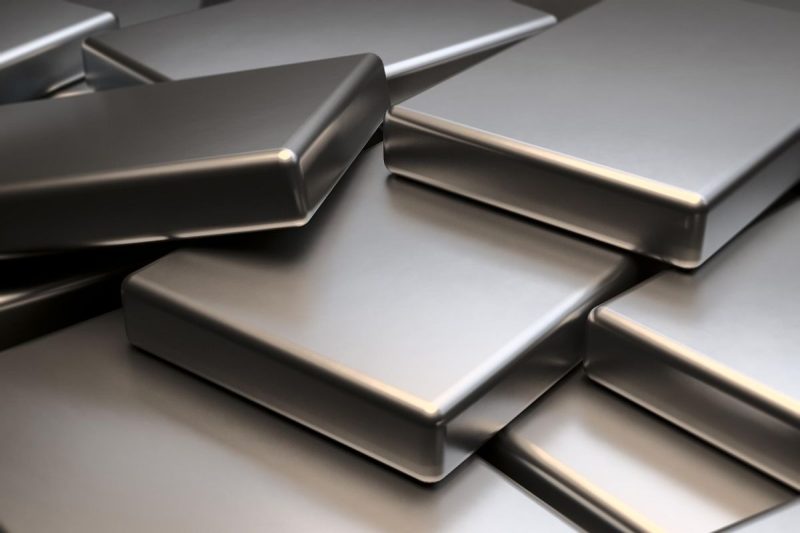Understanding the Market
The first step in investing in rare earths is understanding the market. These are a group of 17 elemental metals, including scandium and yttrium, as well as 15 lanthanides. Used widely in modern technologies like smartphones, electric vehicles, and wind turbines, the demand for rare earths is consistently high. Be aware that unlike more recognized commodities like gold and silver, rare earths are specialty metals with complex pricing mechanisms and fluctuating market behaviors.
Tool Analysis
Providing a foundation for profitable investments, tool analysis assists investors in understanding the trends and making educated predictions about the future. Potential investors may use tools like PESTEL (Political, Economic, Social, Technological, Environmental, and Legal) analysis and SWOT (Strengths, Weaknesses, Opportunities, and Threats) analysis to survey the ongoing conditions of the global rare earth market.
Diversify Your Investment
Rare earths are not uniform in terms of value, and each kind has a distinct market fashioned by many factors, including application, location, and extraction cost. As such, to reduce the potential risks, it’s a solid strategy to diversify your investments across a range of different rare earth elements. This strategy safeguards you from potential market volatility in one particular metal.
Investing in Rare Earth Stock
One of the most straightforward ways to invest in rare earths is by purchasing stocks in the companies that mine or produce these elements. There are numerous multinational corporations around the globe that are involved in the exploration, mining, and sales of rare earth elements.
For instance, you may consider investing in American companies such as MP Materials or Avalon Advanced Materials, Australian companies like Lynas Corporation, or Canadian companies such as Medallion Resources. However, the majority of rare earth production currently occurs in China, although the country has been tightening export quotas, making it slightly more challenging for foreign investors.
Investment through Exchange-Traded Funds (ETFs)
ETFs are a popular way to invest in rare earths for those who prefer a diverse and less risky strategy. An ETF is like a basket containing numerous different investments (in this case, rare earth stocks) that track an underlying index. The VanEck Vectors Rare Earth/Strategic Metals ETF is one such fund, and it invests in companies engaged in the production, refining, and recycling of rare earth and strategic metals and minerals.
Consider Dealing with Brokers
Dealing with a broker can also be beneficial, particularly for beginners. Brokers provide a trading platform and useful advice based on their extensive experience and understanding of the market. Select a reputable, well-established broker who can guide you through the process seamlessly, and always do your research before committing.
Invest with Sustainability in Mind
Make sure to invest with sustainability in mind. The mining of rare earth metals can have significant environmental impact, and companies that practice environmentally sound mining procedures tend to be more stable and profitable in the long term. Investors may also consider recyclers of rare earth metals as a sustainable investment, as this sector is expected to grow in the coming years.
Constant Market Monitoring
After investing, continuous market monitoring is essential due to the volatile and unpredictable nature of the rare earth market. Keep up to date with global and political news that may influence the market.
In conclusion, investing in rare earths can be complex but potentially rewarding, given the indispensable role these elements play in modern technology and renewable energy. Before you jump in, take the time to thoroughly understand the market and explore all the investment options available to you.




